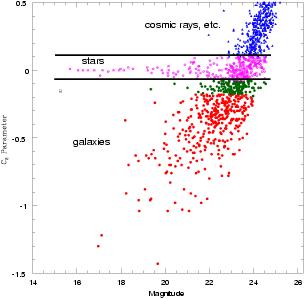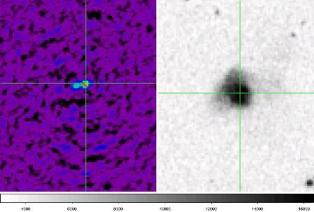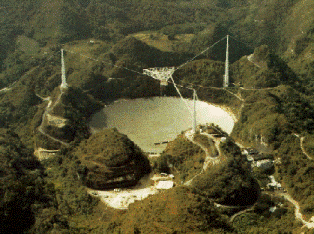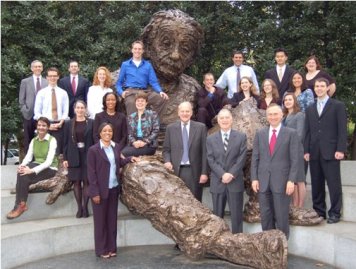Working with faculty member, Sylvain Veilleux, I began an analysis of the environments of over 100 ULIRGs. These galaxies were imaged in the R-band with the University of Hawaii 2.2-meter telescope. We found that ULIRGs do no reside in environments any more dense than average field galaxies. Our method was to count the number of galaxies within 0.5 Mpc from the ULIRG of interest. To distinguish between galaxies, stars and other objects in the field, we used the Picture Processing Package developed by Howard Yee at the University of Toronto. The figure to the right shows the difference in the point spread function (characterized by the C2 parameter) for a variety of objects in one particular field. We plan to further this study using spectroscopic data from the Sloan Digital Sky Survey.





